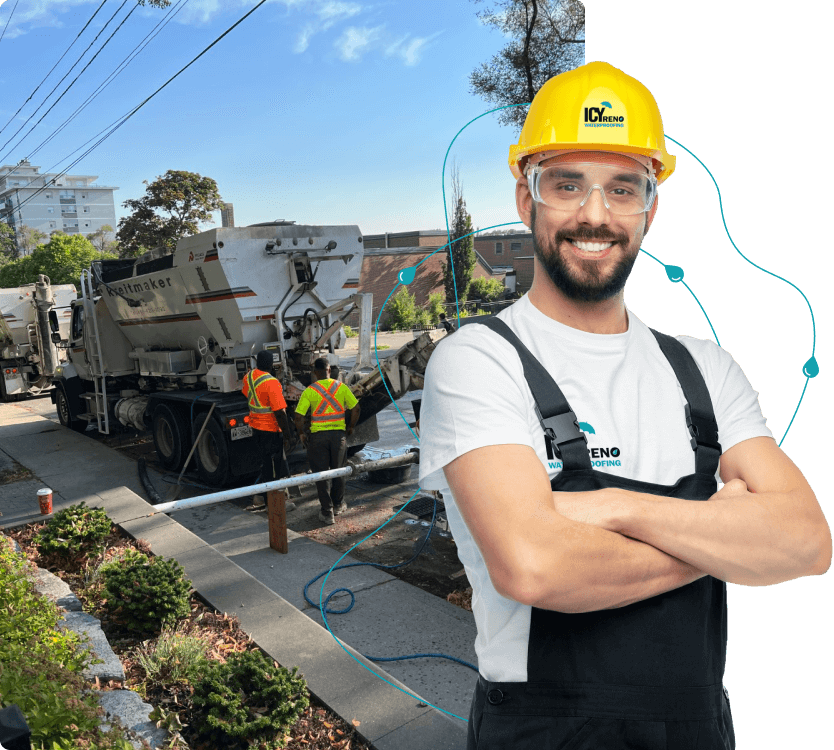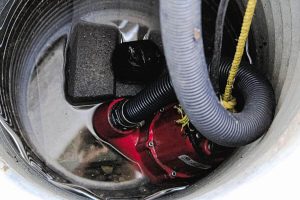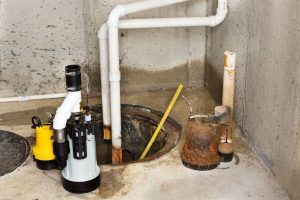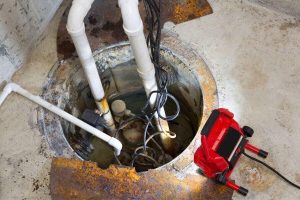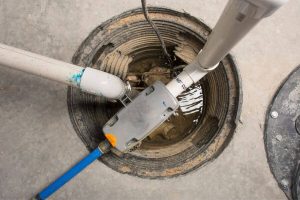Flooding prevention made simple
Backwater Valve & Sump Pump Installation in Toronto
Dealing with basement flooding or sewer backups? Sump pumps and backwater valves are must-haves for protecting your home, especially in Toronto’s unpredictable weather. These systems prevent water damage by stopping sewage backflow and pumping out excess water during heavy rain. At IcyReno, we provide expert installation to keep your home safe, reduce repair costs, and give you peace of mind. Protect your basement before the next storm hits!
Types of Sump Pumps We Install
- Submersible Sump Pumps – Quiet and efficient, installed below the waterline.
- Pedestal Sump Pumps – Affordable and easy to maintain.
- Battery Backup Pumps – Keep your basement protected during power outages.
- Grinder Pumps – Handle heavy water inflow and waste.
- Combination Pumps – Manage water and waste with one solution.
